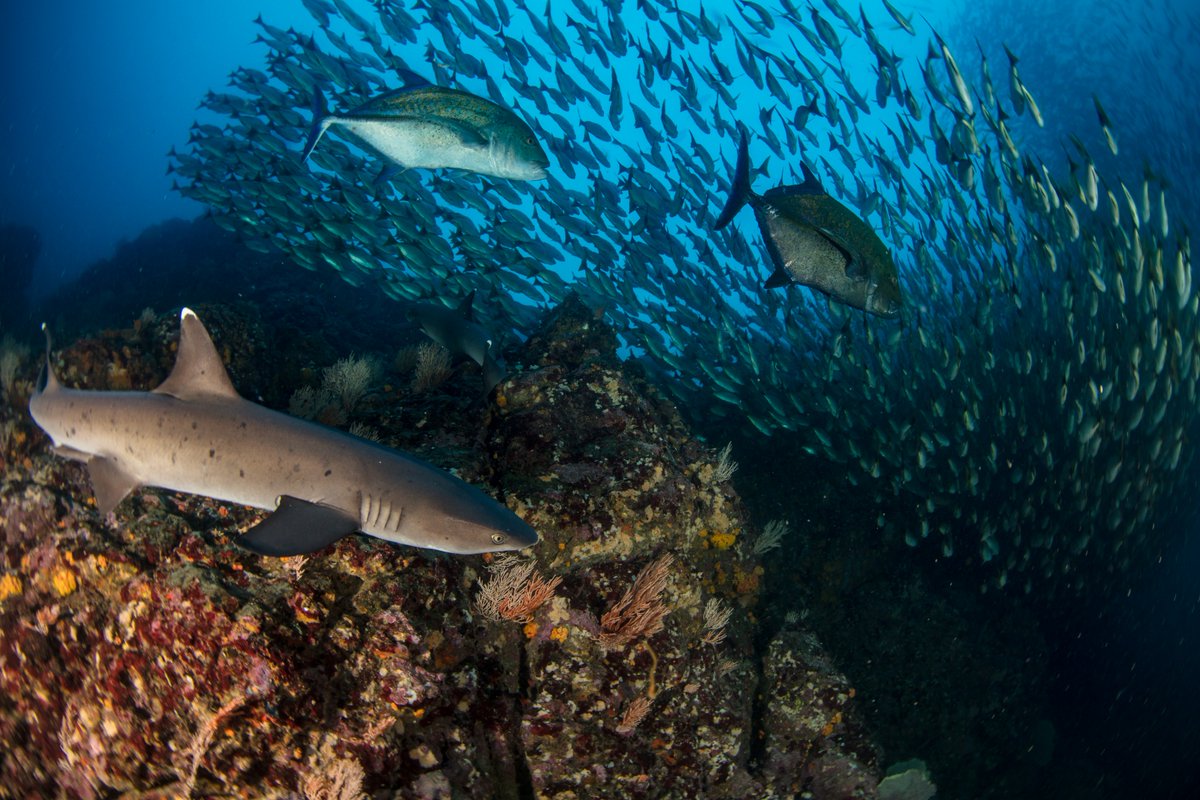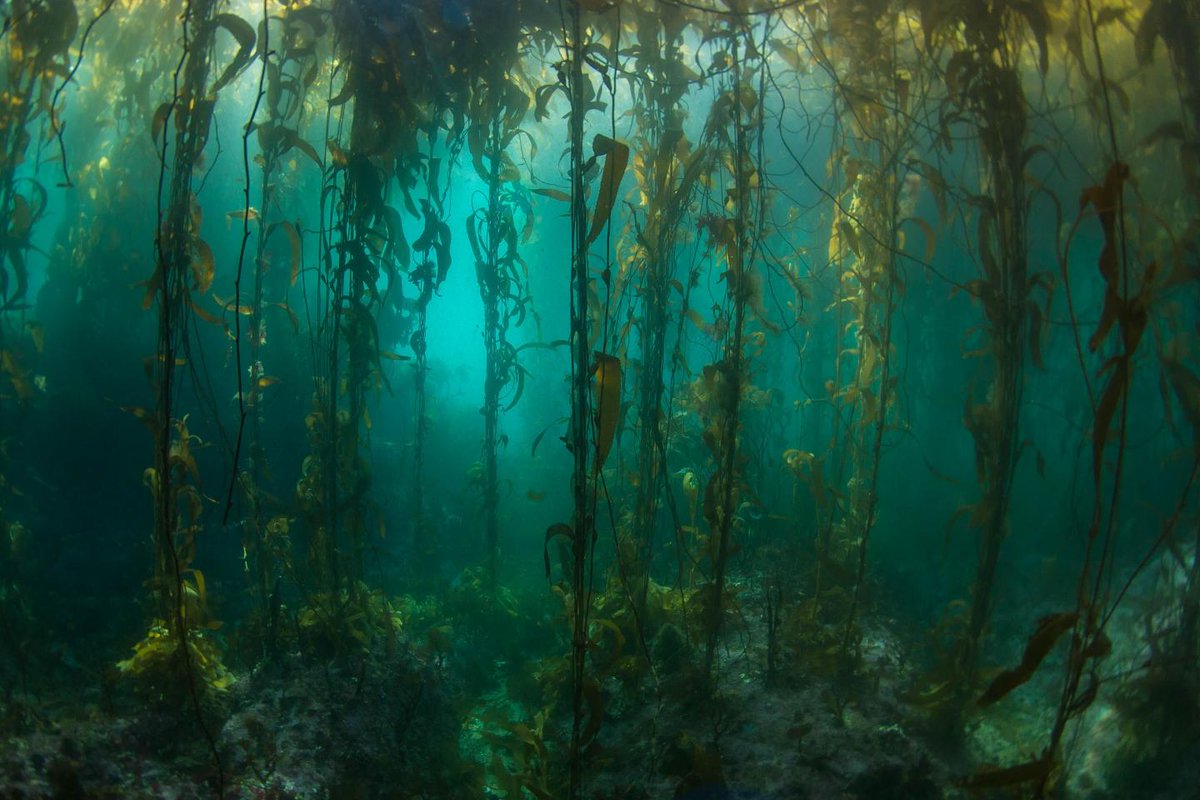- Sustainable Planet -
- 5mins -
- 516 views
New Study Reveals Road Map for How We Can Restore Oceans to Former Glory in Just One Generation
Depleted marine life across the world’s oceans could recover to healthy levels by 2050 if urgent action is taken, an international study suggests.
International community has narrow window of opportunity to save marine life, says report
A new study uses evidence from successful conservation interventions around the globe to recommend crucial steps the international community can take to restore the abundance of marine life. The report, which involved some of the world’s leading marine scientists working across four continents, in 10 countries and from 16 universities, has laid out a road map for restoring marine ecosystems to healthy levels—and if accomplished, the world’s oceans could recover to their former healthy state by 2050.

Back from the brink of extinction
Successful conservation projects highlighted by the research include the recent surge in numbers of humpback whales following the end of commercial hunting in the Southwest Atlantic which brought the species to the edge of extinction.
The researchers found that while human activity has often had a devastating impact on the marine environment, there is evidence that sea life is remarkably resilient. While there were steep losses in marine biodiversity throughout the 20th Century, population losses have slowed and in some places bounced back in the first two decades of the 21st Century.

Tackling climate change
The review states that the recovery rate of marine life can be accelerated to achieve substantial recovery within two to three decades for most components of marine ecosystems, if climate change is tackled and efficient interventions are deployed at large scale.
The researchers have identified nine components integral to rebuilding marine life;
- saltmarshes
- mangroves
- seagrass
- coral reefs
- kelp
- oyster reefs
- fisheries
- megafauna
- the deep-sea.
The report identifies specific actions within the broad themes of, protecting species, harvesting wisely, protecting spaces, restoring habitats, reducing pollution and the mitigation of climate change.
Source: UniversityofYork

There is still hope
Co-author of the study, Professor Callum Roberts from the Department of Environment and Geography at the University of York, said: “The success of many marine conservation projects in recent years illustrates how we can make a real difference to life in our oceans if we apply the lessons learnt from them at scale and with urgency.
“Over-fishing and climate change are tightening their grip, but there is hope in the science of restoration. We now have the skills and expertise to be able to restore vital marine habitats such as oyster reefs, mangrove swamps and salt marshes – which keep our seas clean, our coasts protected and provide food to support entire ecosystems.”
“Science gives us reason to be optimistic about the future of our oceans, but we are not currently doing enough in the UK or globally.”
Source: University of York

Healthy oceans a real possibility if we follow the guidelines
The actions recommended include identified opportunities, benefits, possible roadblocks and remedial actions. They provide a tangible road map to deliver a healthy ocean providing huge benefits for people and planet.
The report states that success largely depends upon the support of a committed, resilient global partnership of governments and societies aligned with this goal. It will also require a substantial commitment of financial resources, but the new study reveals that the ecological, economic and social gains from rebuilding marine life will be far-reaching.
Lead author of the study, Dr Carlos Duarte, Professor of Marine Science and Tarek Ahmed Juffali Research Chair in Red Sea Ecology at King Abdullah University of Science and Technology, said: “We have a narrow window of opportunity to deliver a healthy ocean to our grandchildrens generation, and we have the knowledge and tools to do so.
“Failing to embrace this challenge, and in so doing condemning our grandchildren to a broken ocean unable to support high-quality livelihoods is not an option.”
Source: University of York

It’s not all bad news: we really do make a difference when we try
Don’t lose hope. Bright Vibes have shared many examples of successful wildlife restorations that show what we can achieve when we put our minds to it.
For example, over the past 20 years, Aditya and Poonam Singh have been buying up land, allowing the neighbouring tiger reserve to expand and remain untouched by new developments. Today, the area has become a lush green forest where tigers, leopards, and wild boars roam free.
Rhino poaching in South Africa has dropped significantly, seeing the 5th consecutive year of reductions following major crackdowns on organised crime syndicates.
Since the Himalayan Indian state of Sikkim banned the import of all pesticides, herbicides, synthetic fertilisers and GMOs in 2003 and became the world’s first fully certified organic state in 2016, wildlife has returned, crop yields have improved, and tourists are flocking to the tiny Himalayan state.
Global numbers of the critically endangered Javan rhinoceros have increased to 72 after four new calves were spotted in the past several months.
Around 1,000 bottlenose dolphins have been recorded in the lower reaches of the recovering Potomac river, including one that scientists witnessed give birth in August.
Western Southwest Atlantic humpbacks, one of the whale populations pushed to the brink of extinction by commercial whaling in the early 20th Century, has virtually recovered its pre-exploitation numbers.
Mozambique’s Niassa Reserve marks first year without confirmed elephant kill, claim conservationists.
Endangered rhino and elephant numbers on the rise after crackdown on poaching, says Tanzania.
So don’t lose hope, build resolve. Resolve that you will take action and be part of the solution in some way. Find a cause and champion it. Together we really can make the difference.

